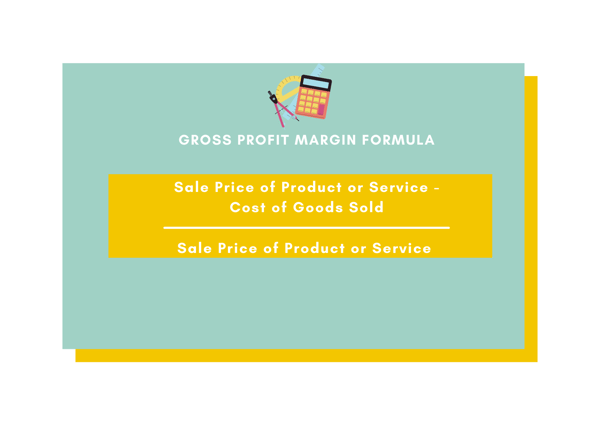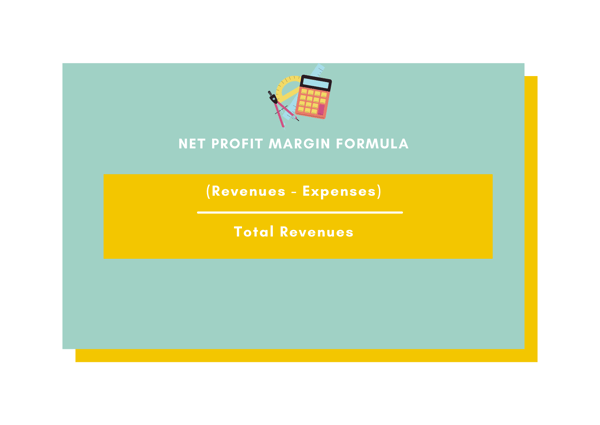Average profit margin - what is it?
An average profit margin, often used in conjunction with net profit margin, is a commonly used profitability ratio to gauge how a specific business or business activity makes money. Average profit margins represent the percentage of sales that turn into actual profits. More specifically, average profit margin essentially reflects how many dollars of profit a business has generated per dollar of sales. While there are several types of profit margins, the concept usually refers to the net profit margin, which is a company’s bottom line after all other expenses (including things like taxes) have been deducted from revenue.
Average profit margins vary widely by industry, and it is a very relative figure that accounts for all of the various components that make up a business and its operating costs/activities.
Some of the main factors that influence the average profit margins of businesses include: labor costs, use of assets, maintenance for equipment, inventory management, physical store locations, taxation and regulations, and more.
What is a good average profit margin or net profit margin?
As we mentioned, profit margins vary tremendously across businesses, industries, product lines, and so on. With that said, a general rule of thumb for what’s considered to be a “good” profit margin is usually between 5% and 10%. Changes in employee sizes, tax rates, and competition all affect average profit margin, so the figure is usually dynamic and constantly changing. Industry aside, things like expansion (if your goal is to achieve significant expansion, higher profit margins are a likely target) and scale (the bigger you are as an organization,the more likely your profit margin is to suffer with higher overhead costs).
Net profit margin versus gross profit margin
No, net profit margin is not the same as gross profit margin. A net profit margin refers to the ratio of net income relative to your revenue. Gross profit margin, on the other hand, is the amount of money retained from sales after subtracting the cost of goods sold.
Therefore, net profit margins are almost always lower than gross profit margins and are likely a better indication of financial health because they consider all the costs associated with a sale.
How to calculate profit margin?
To calculate your gross profit margin, take the sale price of your product or service and subtract the cost of the labor, materials etc. that are required to produce it. Then, simply divide it by the retail price to find your gross profit margin.

To calculate your net profit margin, subtract all your expenses from your revenues. Divide this figure by the total revenues realized to determine your net profit margin.

How to improve your profit margin?
There’s a lot that you can do. Here are some of the highlights:
Improve your inventory management by understanding things like what sells best will help you make better decisions around purchasing, sales, and marketing. In the SaaS context, this could include understanding what services are the fastest movers and/or most efficient so you can focus your efforts there.
Increase the perceived value of your product or service by strong branding and marketing efforts to differentiate your business.
Reduce your expenses by streamlining your operations, automating where you can, and optimizing your workforce.
Increase your average deal size by employing things like up-sell and cross-sell tactics, going after best-fit customers, and better strategizing.
Optimize your relationships with partners and vendors to reduce your expenses and widen your margins.
Be smart about discounting so that you only reduce your prices when it works to your advantage (relative to each business and customer relationship).
The list goes on, but these tips are a great place to start!
At the end of the day, powerful analytics don’t have to be complex and frustrating. Check out how Toucan can make it easy to connect to any data and deliver insights to everyone in minutes - no Ph.D. required.


